10F, Building B, Erqi Center, Erqi District,
Zhengzhou City,
Henan Province, China
Wit:+86 15138685087
(WhatsApp/Wechat)

10F, Building B, Erqi Center, Erqi District,
Zhengzhou City,
Henan Province, China
Wit:+86 15138685087
(WhatsApp/Wechat)
Hot-rolled steel includes hot-rolled steel coils, hot-rolled steel sheets, and hot-rolled steel strips. Hot rolled steel refers to undergoing a hot rolling process at a high temperature. Hot-rolled steel supplies you with high strength, and good weldability, easy to process. Hot-rolled steel is widely used in construction, machinery, automobile, shipbuilding, petrochemical, and other industries.
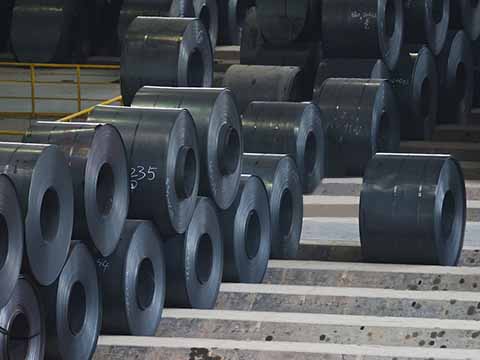
Hot Rolled Steel Coils
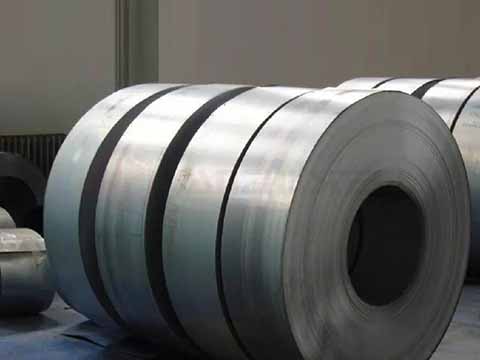
Hot Rolled Steel Strip
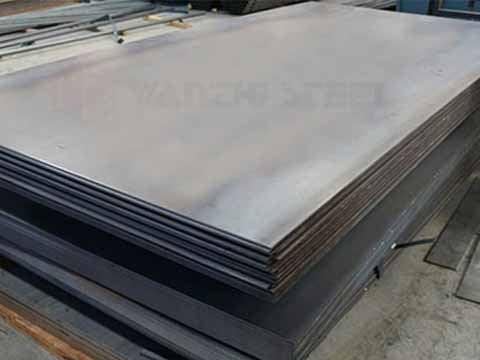
Hot Rolled Steel Sheet
Production video of hot rolled plate and hot rolled strip.
Defect characteristics: It is a group of concave and convex defects with periodic, basically the same size and shape, and the appearance and shape are irregular.
Cause:
Defect characteristics: There are irregular spot-like, block-like, or strip-like nonmetallic inclusions on the surface of the steel plate, and its color is generally reddish-brown, yellow-brown, grayish-white, or grayish-black.
Cause:
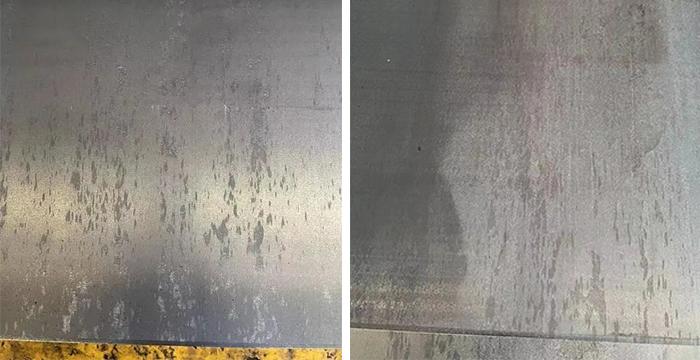
HR Steel Surface Inclusion
Defect characteristics: The oxide sheet is generally adhered to the surface of the steel plate, distributed on the surface of the local or all, black or reddish-brown; Some iron sheets lose off, and some pressed into the plate surface do not easily fall off; According to the appearance of different shapes: red iron sheet, block iron sheet, strip iron sheet, line iron sheet, wood grain iron sheet, meteor iron sheet, spindle iron sheet, drag iron sheet and loose iron sheet, its pressing depth is deep and shallow.
Cause:
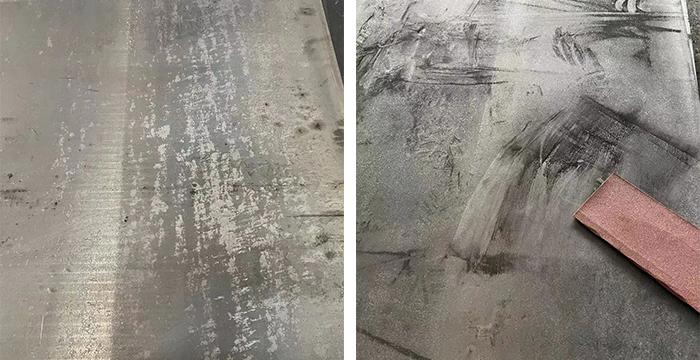
Iron Oxide
Defect characteristics: the thickness of each part of the steel plate is inconsistent, the thickness of the steel plate is uneven, the deviation is generally too large, and the thickness of the local steel plate exceeds the allowable deviation.
Cause:
Defect characteristics: The surface of the steel plate has local or continuous pits called pitting points, which are different in size and depth.
Reason: In the heating process, the slab oxidation is serious, and the iron sheet is pressed into the surface during rolling, and small pits are formed after falling off.
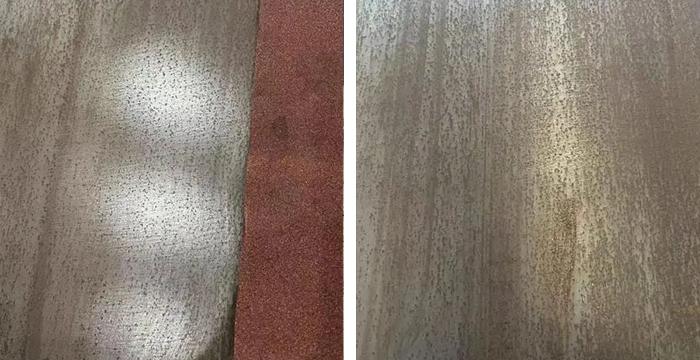
Hot Rolled Steel Pockmarks
Defect characteristics: the end of the steel coil is oval and flat. Tends to occur in softer or thinner steel coils.
Cause:
Hot-rolled steel is a widely used metal material, that plays a key role in construction, machinery, automobile, shipbuilding, petrochemical, and other industries, but it is inevitable to encounter some problems in the actual operation process. The above are the common problems of hot-rolled steel summarized by our company according to years of production and sales experience. If you have any questions, please feel free to contact us.





